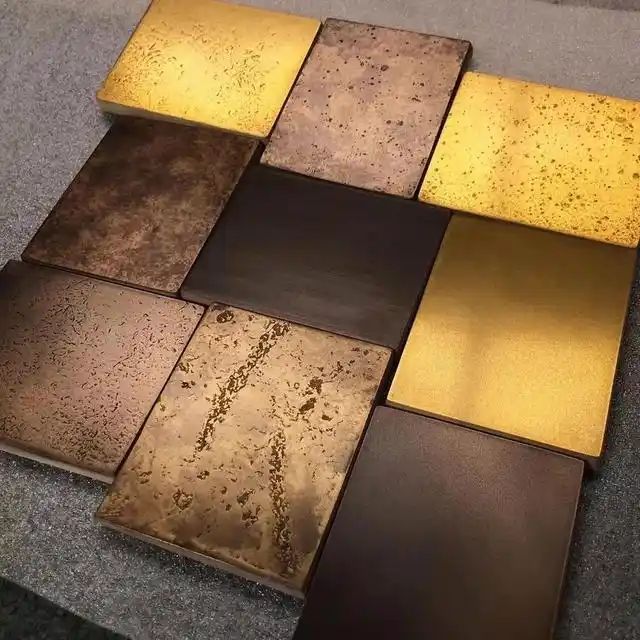What Barriers Challenge Sustainable Liquid Metal Paint Adoption?
Sunday,20 Apr,2025

The Sustainable Liquid Metal Paint market is gaining momentum as industries embrace eco-friendly decorative coatings that mimic metallic finishes for automotive, architectural, and consumer goods applications. These liquid paints, applied as primers and topcoats, offer aesthetic appeal, corrosion resistance, and durability. Market projections estimate a compound annual growth rate (CAGR) of 6.1% through 2030, driven by demand for sustainable, low-VOC formulations. However, the 2025 Sustainability Forecast reveals challenges, including high production costs and regulatory complexities.
The Sustainable Liquid Metal Paint market thrives on global sustainability mandates. Asia-Pacific, expected to hold 42% of the market by 2025, leads due to China’s infrastructure projects and India’s automotive boom, supported by policies targeting net-zero emissions by 2060. The architectural sector, consuming 45% of liquid metal paints, increasingly adopts eco-friendly coatings for facades and interiors, driven by urbanization. Automotive applications, particularly in electric vehicle (EV) aesthetics, leverage these paints for vibrant, corrosion-resistant finishes. Innovations like waterborne liquid metal paints, reducing VOC emissions by up to 60%, are key growth drivers, aligning with consumer and regulatory demands for greener solutions.
Users, including architects and automakers, prioritize coatings that offer metallic aesthetics without environmental trade-offs. A major issue is cost—sustainable liquid metal paints, using advanced solvents or bio-based resins, cost 10-20% more than traditional solvent-based options, impacting adoption in price-sensitive markets. A contentious debate surrounds “greenwashing,” where some manufacturers exaggerate eco-credentials, eroding trust. Additionally, achieving consistent metallic effects with low-VOC formulations remains challenging, as waterborne paints can compromise gloss or durability. The Sustainable Liquid Metal Paint market must address these concerns to maintain credibility and meet user expectations.
Technological advancements are critical to the 2025 Sustainability Forecast. Waterborne liquid metal paints, like AkzoNobel’s Interpon series, reduce environmental impact while maintaining high-performance finishes. Nanotechnology, incorporating metallic pigments like aluminum or zinc, enhances durability and reflectivity, catering to automotive and architectural needs. However, R&D costs strain smaller manufacturers. Policies shape the market—Europe’s Green Deal enforces strict VOC limits, boosting waterborne adoption, while Asia’s varied regulations allow cost-competitive production but lag in sustainability enforcement. The Sustainable Liquid Metal Paint market must align innovation with these diverse regulatory landscapes to succeed.
Europe leads the Sustainable Liquid Metal Paint market, with a 30% share, driven by stringent environmental regulations and innovation hubs in Germany and the Netherlands. Asia-Pacific follows, with China’s manufacturing prowess and India’s construction growth fueling demand. North America, particularly the U.S., advances through automotive and architectural applications, with companies like PPG Industries pioneering low-VOC solutions. Emerging markets in Latin America and the Middle East show potential as sustainability awareness rises. Regional policies and economic priorities will determine the global sustainability leaderboard in 2025.
FAQs
Q1: What drives sustainability in the Liquid Metal Paint Market?
A1: Low-VOC innovations, regulatory mandates, and demand for eco-friendly coatings fuel a 6.1% CAGR through 2030.
Q2: Which region leads sustainable liquid metal paint trends?
A2: Europe, with a 30% share, driven by strict VOC regulations and green coating innovations.
Q3: What challenges hinder sustainable paint adoption?
A3: High production costs and inconsistent performance in low-VOC formulations pose significant barriers.
Q4: How do technological advancements support sustainability?
A4: Waterborne paints and nanotechnology reduce emissions and enhance durability but increase R&D expenses.

